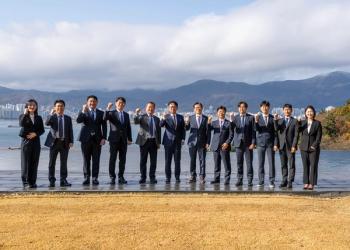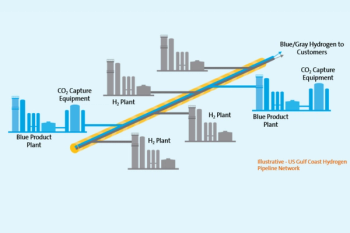
In turbomachinery, GE likely a pure play gas turbine firm
The business press has been reporting that GE's steam turbine business is on the block. If the OEM does find an appropriate buyer it would mean the most decisive turning away from its goal of being a comprehensive power equipment provider.
The steam turbine business of GE came from the Alstom acquisition in 2015. It capped a decade of acquisitions that strategically sought to build the power business around its core gas turbine products while stepping back from growing the oil & gas business. Even as it sought to grow the power business, GE shed other businesses related to plastics, water and finance.
Meanwhile, the crash of 2014 led to GE cutting further back on its oil & gas business. GE Oil & Gas had represented an earlier round of synergizing its core competence of gas turbines with other equipment such as compressors, particularly those that came with Nuovo Pignone.
In its drive to grow the power business, too, the acquisitions sought to synergize its core products of gas turbines. At its peak, GE boasted of as many as 50 gas turbine models, standing way ahead of even its closest competitor, Siemens. For instance, GE acquired the Texaco gasifier to create an IGCC product built around its F-class gas turbine.But IGCC as a commercial venture did not take off in a significant way. And GE hived off its gasification business which was acquired by Air Products.
The Jenbacher gas engines business was among the first to be sold by GE when the downturn in the power business started. Gas engines have the least synergy with gas turbines, in any case.
Unfortunately for GE, the Alstom acquisition has not paid off, in-part due to over capacity in gas turbine markets and also due to an overall dimmer prospects for gas-based generation. Yet, in the long term, gas remains a viable option among fossil fuels. And GE has now been forced to position itself as a pure-play gas turbine company.
While the Alstom acquisition brought in steam turbines, which was expected to have synergy with gas turbines in combined cycles, the European Commission intervened to flesh out a key gas turbine technology that belonged to Alstom -- sequential combustion. While Alstom's manufacturing facilities came with the acquisition, the French OEM's designers and developers were turned over to Ansaldo. The Italian OEM was allowed to buy the H-class version GT 36 that was under development based on the F-class GT 26 technologies. The GT 36 that Ansaldo has introduced, for instance, boasts of sequential combustion which provides crucial turndown, low-load operational capabilities. These are particularly relevant in today's markets.
Newsletter
Power your knowledge with the latest in turbine technology, engineering advances, and energy solutions—subscribe to Turbomachinery International today.





